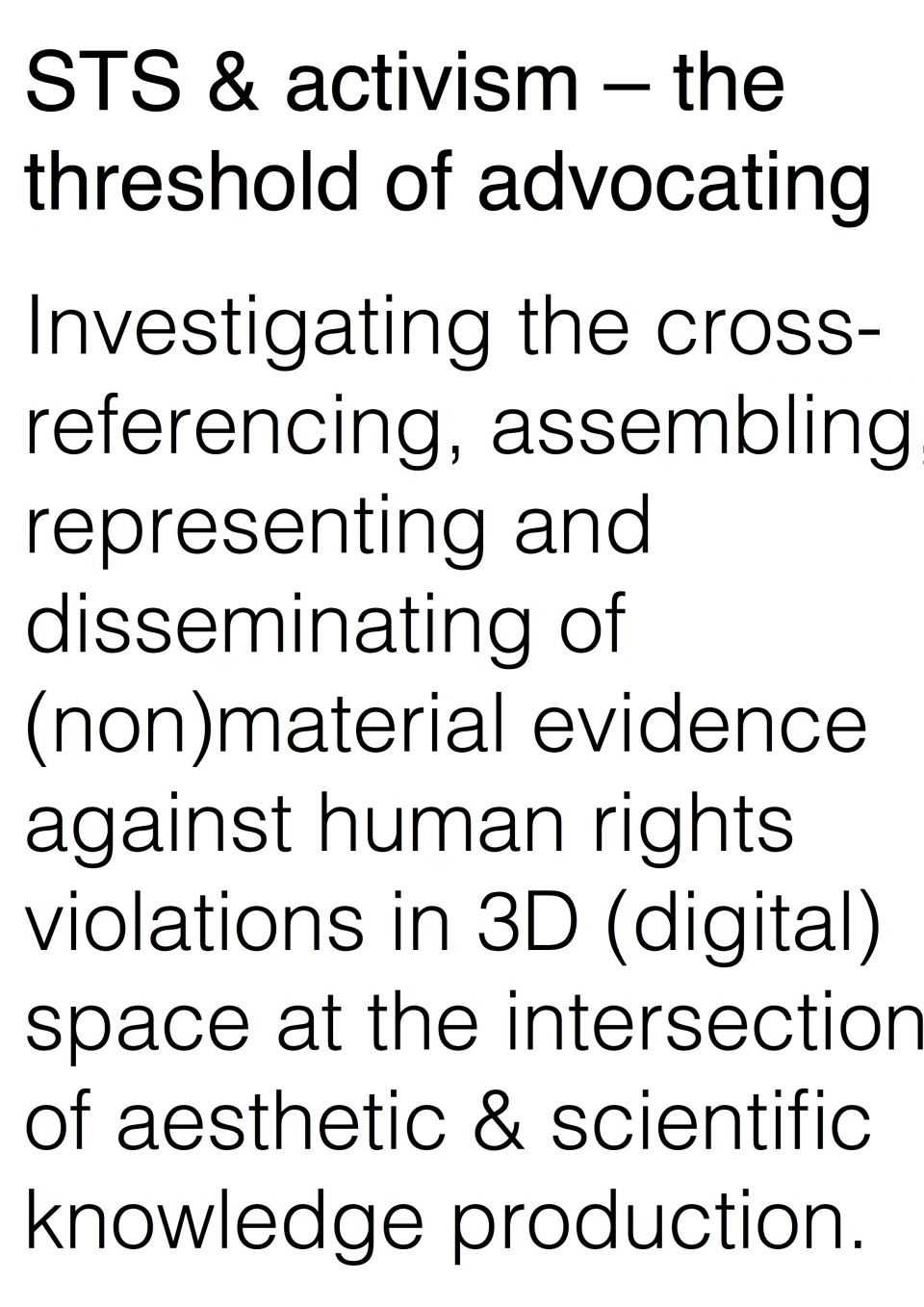
! Disclaimer: The following text is the only written part this webpage contains !
To be honest, this has not been an easy path to take. Although already having handed in my master thesis, I still have been left with one term paper to go. Funnily enough, a term paper for a seminar in my very first master semester called ‘Sociodigital Formations in the Making’.
So coincidentally, the setting up of the webpage did not only allow me to rework my ethnographic material conducted throughout my master thesis research, but to also close my studies with drawing back the circle to my very first endeavours within the realm of studying STS. A journey back to my first research proposal, which back then gave me a very hard time wrapping my mind around how to beneficially apply the term ‘sociodogital’ to my investigations – to now – sentimentally formulated – spreading my wings and translating my own data into a sociodigital format, i.e. exploring the possibilities and limits of transforming it visually and audibly onto a digital platform.
As already became apparent in my master thesis research, I like to play around. I like to dive deeply into designing creative ideas and concepts and to engage in research designs that move beyond mere textual representations. However, bound to the institutional boundaries of writing a master thesis research, my ethnographic material – containing pictures, interview sound files, hours watched of talks and lectures of Forensic Architecture – only found their way into the thesis through analysis chapters and otherwise have been (literally) parked in the appendix. In addition to that, the feeling of ‘being concerned as a human being and a researcher’, struggling with a perceived muteness of my material, as it does not reach out to an audience outside of the academic realm – has very much influenced the creation of this webpage.
The questions who guided my brainstorming process oscillated around:
How do I make my data workable?
May I be able to draw new lines of causation between the different pieces of data?
What would be the benefit of working with a webpage?
How would I be able to move away from a linear, guided structure of argumentation as a text does?
Where, what and how is the work of Forensic Architecture, my ethnographic material, this webpage a sociodigital construction?
At a very first attempt the idea has been to design the webpage around a comment function. To provide the platform’s visitors the possibility to freely explore and move around within the ethnographic material and drawn new lines and connections by commenting on it.
However, as the platform’s settings do not allow to include a dynamic comment function as such, the focus has been twisted to translate one of the thesis main arguments – that evidence is a fluid concept that needs to arrive situational closure in order to make it workable, but nevertheless should be applied as a multi-layered and multi-dimensional constitution – as the platform’s main design principle.
That is why this webpage came out as a merely visual and audible representation of my ethnographic data, where each piece is in ‘motion’ and either adds a new sensorial or audible layer.
As a consequence, the webpage serves a dual purpose – as on the one hand providing an archiving platform that enables to include ‘moving’ material, as well as on the other hand facilitates a setting that enables to undertake an ‘investigate walk’ (Forensic Architecture, 2018, 15:03), i.e. enables the visitor to freely move around the different pieces and levels of data.
Further, the column at the very right provides links of talks, lectures, videos, articles about and by Forensic Architecture to add additional viewpoints, analyses and counterpoints – as well as adds further links to the work of Dr. Endre Dányi and Bellingcat.
In a final twist, a short zoom discussion will be added. In a conversation with my fellow students Johanna and Tobias, we will exchange experiences about our master thesis fieldwork and reflect on ideas and limitations about methods of multi-sited engaged ethnographic fieldwork, methods of archiving and challenges in dealing with our data.
Forensic Architecture (2018) Lessons in Counter Forensics: Navigation. [Online] Available from: https://vimeo.com/330495451 [Accessed 14th May 2020].


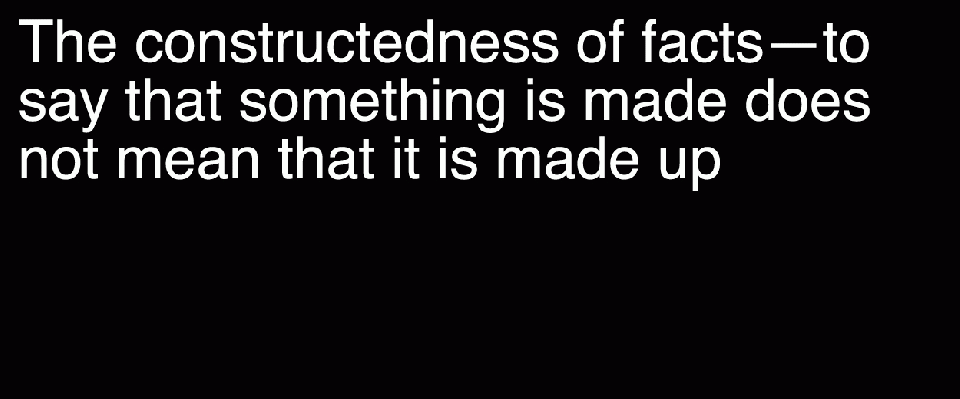

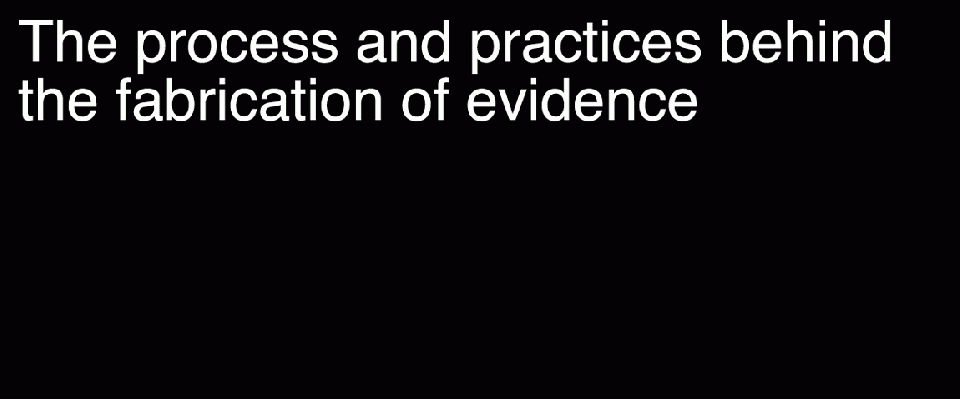

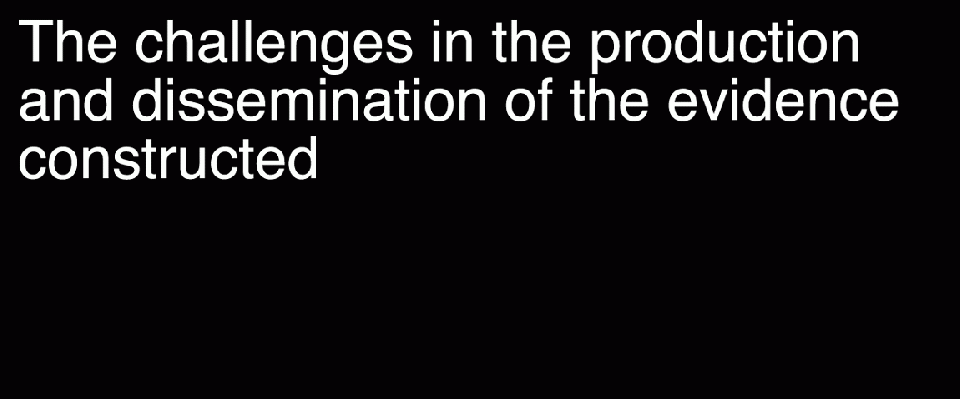
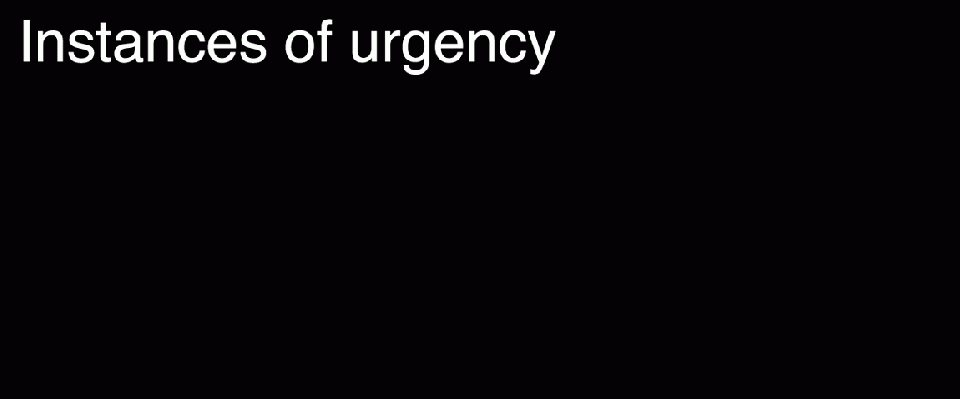
‘We legitimise our evidence through transparent method-based reporting where we indicated every step leading to our conclusion and providing the evidence for how we got there. We don't use anonymous sources and most everything we publish is replicable’
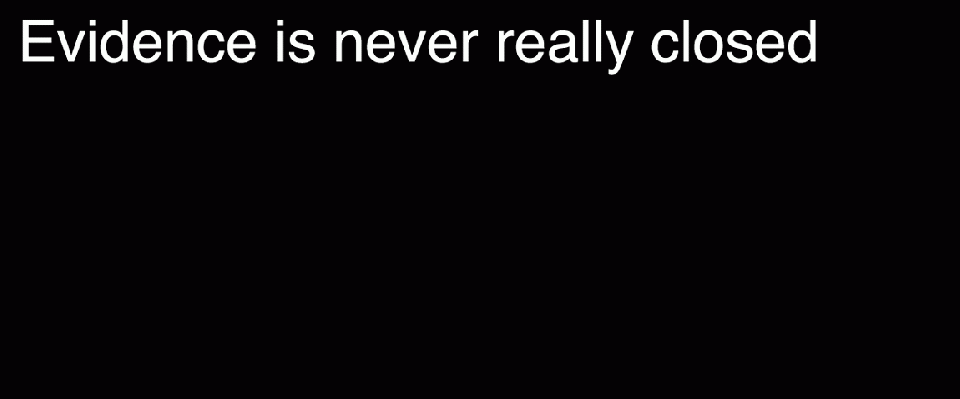
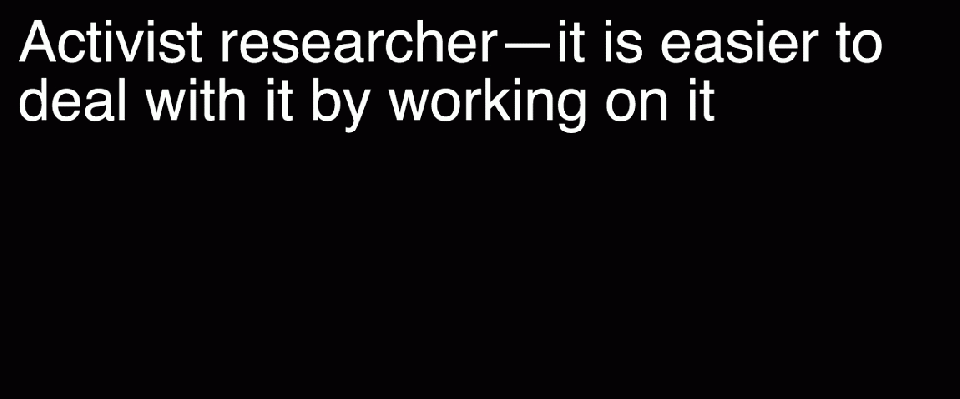
* The first black layers of the GIFs show the analytical headlines as used in the thesis. Serving as analytical categories some of them have been built upon interview quotes, whereas others solely represent summarising themes. This is why only the white layers have been added as direct quotes.
This section provides links to videos about and by Forensic Architecture. Containing videos of the investigations, videos of lectures and talks given by Forensic Architecture they aim to show the people behind Forensic Architecture, make their voices and their way of articulation heard. In addition to that, another bunch of links have been added, containing news paper articles about the 77sqm_9:26-case itself, discussions about the work of Forensic Architecture, additional links to the work of Dr. Endre Dányi and Bellingcat.
Dr. Endre Dányi
(Godart)

